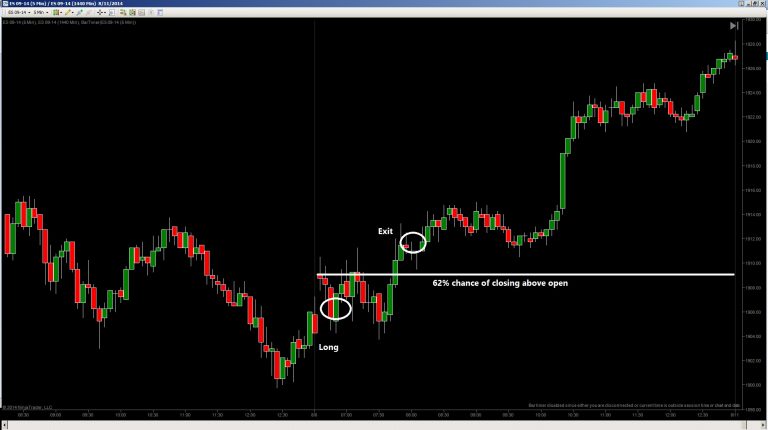An automated trading system has been at the forefront in the world of trading for many years. These systems are referred to as trading strategies and are a set of rules applied to a data set relating to the investment market, and based on this, traders can decide the signal to buy or sell.
It might seem easy to formulate a well-crafted trading strategy, but that is far from the truth. You will have to study the market before doing so. And this search has to be exhaustive.
The automated trading systems have seen a lot of growth, which has impacted their structure to a considerable extent. The basic architecture of algorithmic trading has changed as well. Therefore, it is necessary for every firm that deals with the same to adapt to the changes since they are here to stay.
This article offers you a crash course in understanding the basic details about automated trading systems.
What is the Traditional Architecture of Algorithmic Trading?
Trading systems can be imagined as nothing more than a computational system that has a connection to streams that can receive data from the market and streams that can close or enter the market based on the feedback received from the same.
The received market data then acts as a signal for the trading system. This signal might come with additional information such as volume traded, the latest trade price, and its quantity.
This all helps the trader make an informed decision, yet this can also be based on a conventional database that stores the old market information, such as past trades and all the information revolving around that.
Drawbacks of Traditional Architecture
- Traditional architecture cannot be scaled up to the needs of automated trading.
- There could be a latency between when the market data is generated and the orders are created. It also comes with the fact that there is no human control over this.
- Order handling capacity needs to be more than the older generation or market fluctuations so that many orders can be processed simultaneously.
New Architecture for Algorithmic Trading
The CEP engine has been shifted to the application servers for taking care of the decision-making part, and the application layer now behaves like a user interface. The problem of scaling up the trading algorithm has been solved as well.
The application layer could have the capacity to risk-check the orders before they are sent out. But most of the risk checks are done by RMS, or the risk management system which exists inside the order manager. This way, a lot of orders can be managed risks-wise all across the algorithmic trading system. RMS can also be classified as SLRMS and GRMS for making better decisions because of some specific risk categories.
Why And How to Craft an Architecture With Lowered Latency
Now that the servers have been out in place, that means that the entire thing has been automated. The next issue was to reduce the latency period between decision-making and the order being sent to the system.
Reducing the period of latency is essential because:
- Automated strategies only work in low latency periods.
- Competitors will take your picks if you’re not fast enough.
The issue comes when you’re trying to define latency since it means many things, and it isn’t easy to quantify it as a parameter. In comparison to a machine, it is easier for a human trader to identify this issue. High latency at any step of your protocol will signify that the latency period of your entire process has increased due to the snowballing effect.
Hence, the next step is to reduce latency among your protocols. You can use a deficient level of programming languages to optimize your protocol. You might need to take someone else’s help for this, as establishing an entire automated system cannot be done by a single trader. For a given price, ready-to-execute automated trading systems are present out there, which can be used if you don’t have the required experience in coding and building such a design from scratch.
Beginner traders might have a hard time recognizing the potential of an automated trading system. A novice trader can start with hypothesizing a trading idea that is beneficial and fruitful for them. The concept can be borrowed from different sources or designed by you from just observing the market.
If the strategy looks promising to you, you can test it out in the market. You can always open an account with a suitable broker that provides an algorithmic trading opportunity for you.

0 Comments